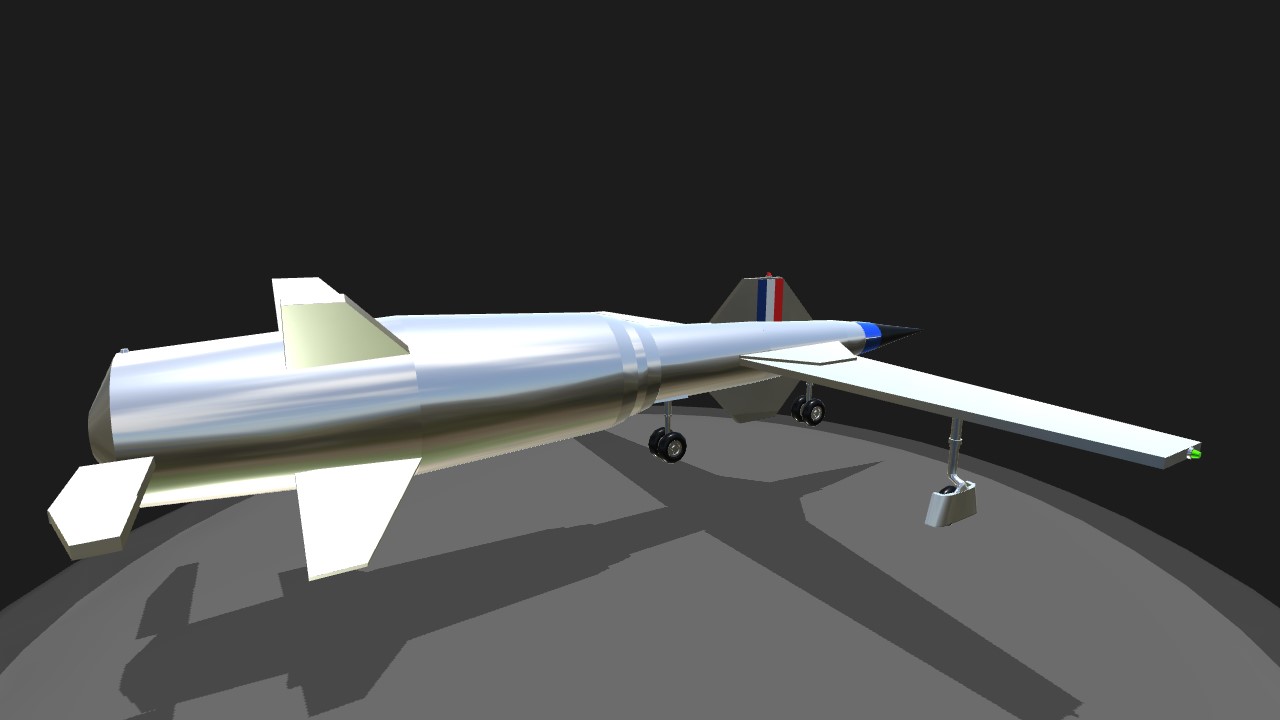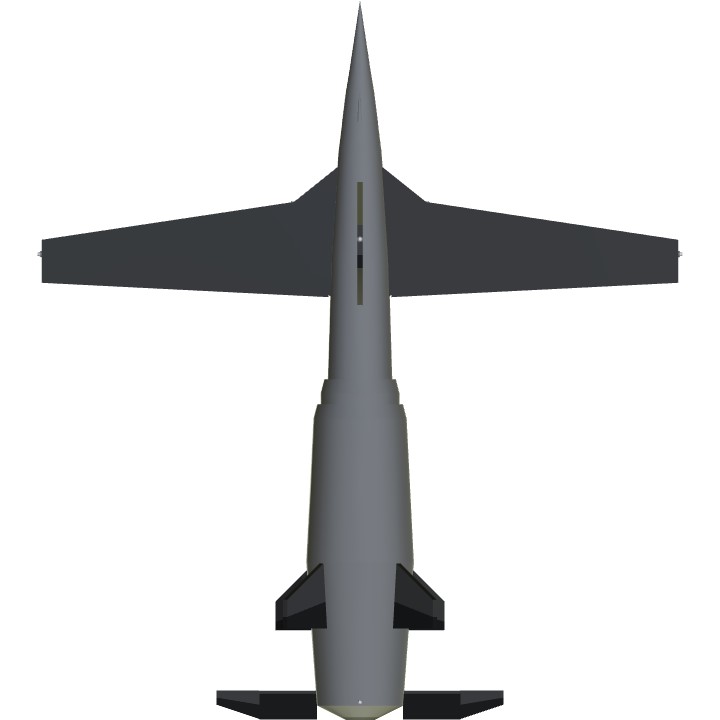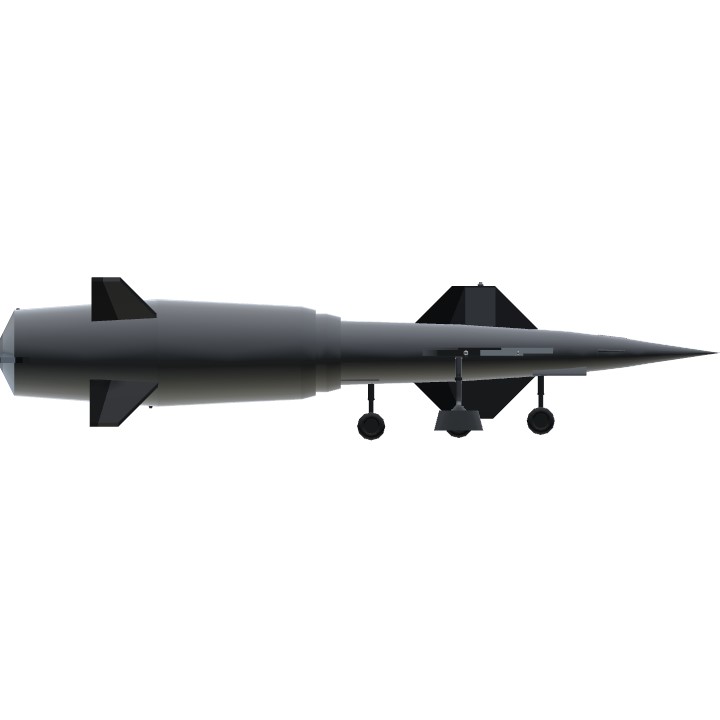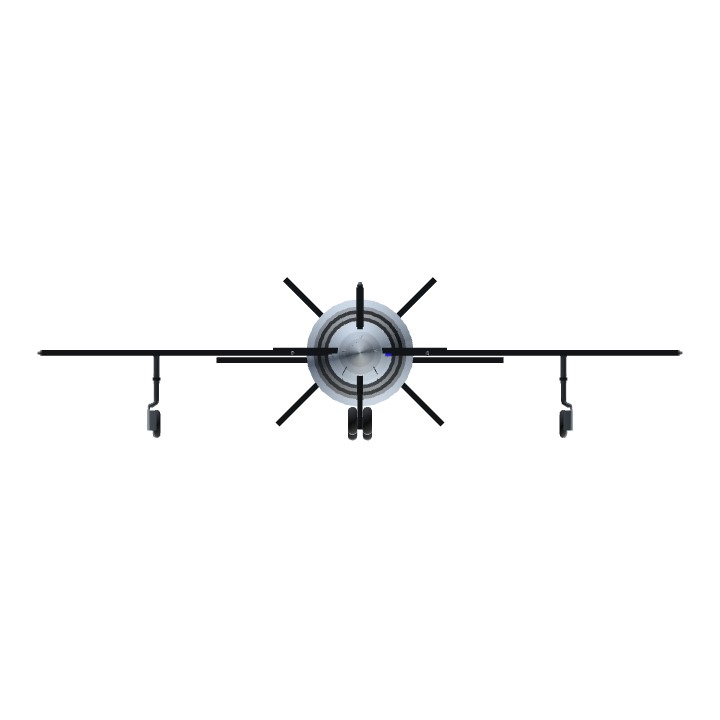La Sociétè MATRA était un spécialiste des «engins spéciaux», un appareil expérimental lui est commandé dans ce cadre. En effet pour les autorités
le projet de R-130 est plus un engin spécial qu'un avion.
Comme ses prédécesseurs, le R.130 est plein d'innovations mais peut-être aussi était-il le seul qui aurait dû être construit, il était très en avance
sur son temps, contrairement à certaines des autres études de la marque qui si elles étaient souvent bourré d’idées n’était pas vraiment en avance pour l’utilisation.
Le R-130 était un appareil expérimental destiné peut-être à l'interception rapide, mais les premiers prototypes devaient se contenter de vols de courtes
et très courtes durées. Cet appareil aurait eu un écart de vitesse énorme que l'on ne retrouve que sur les appareils moderne à commande électriques.
L'étude de l'appareil R 130 débuta en 1946. Il est du même programme de recherche supersonique que l'Arsenal 2301 qui allait conduire au "Griffon" via le "Gerfaut".
Le R.130 est un monoplan supersonique expérimental à géométrie variable. Il possédait deux voilures, l'une escamotable en vol, et l'autre fixe, montée
perpendiculairement à la première. Son originalité résidait dans son mode de fonctionnement.
La capacité de carburant est très réduite et le temps de vol est particulièrement court, surtout quand l'appareil utilisait le Statoréacteur.
Une maquette grandeur du fuselage est réalisée, avec les ailes repliables. Le tout est essayé avec succès dans la soufflerie de Chalais Meudon.
Mais les compressions budgétaires de 1950 allaient stopper l'étude et la réalisation de cet appareil en 1951.
Bien sur on peut penser que la mise au point de cet appareil aurait pris beaucoup de temps, mais si cela aurait inévitablement coûté très cher cela
aurait pu entraîner de nouvelles perspectives pour l'aéronautique.
A la fin des années 60 une remise à jour de l'étude est faite par Matra, et est vendu à une société américaine, mais cela ne déboucha jamais, non plus.
Même, vingt ans plus tard, cet appareil ne semblait toujours pas périmé. Avec les moteurs et matériaux modernes un tel projet semblerait pouvoir encore
répondre à un programme de chasseur intercepteur Mach 2,5 à Mach 3. Bien sur maintenant ce type d'appareils serait devenu inutile.
La propulsion est prévue avec un turboréacteur Rolls-Royce «Nène» et un statoréacteur Matra, disposés comme sur le «Griffon», concentriquement : le réacteur
au milieu, et le statoréacteur autour. Les deux moteurs peuvent être utilisés ensemble ou séparément . Construction tout-métal.
Performances escomptées :
Vitesse maximum : Mach 2 au niveau de la mer.
Vitesse d'atterrissage : 170 km/h.
Le contenu du texte ci-dessus est tiré d'un site internet . Rédacteur de l'article , Jacques Moulin . Article complet , alien ci-dessous .
http://aerophile.over-blog.com/article-matra-r-130-63335046.html
Version n°4 . Amélioration de la stabilité en vol , cockpit retravaillé et plus réaliste après l'éjection . Attention , le statoréacteur a un temps de réponse
relativement long .
Décollage avec le réacteur 1 . Après début du vol , activer le statoréacteur et replier les ailes a géométrie variables . couper le statoréacteur pour l'atterissage et
déployer les ailes . Pour l'éjection du cockpit , faire dans l'ordre : larguage touche 5 , attendre quelques secondes , larguage nez touche 6 , et enfin le parachute
touche 7 . Attention , l'autonomie est très faible , le vol sera donc relativement court .
La mise au point du vol a demandé une journée de travail au vu de la configuration de l'appareil . Donnez moi votre avis .
- Réacteur : touche 1 .
- Statoréacteur : touche 2 .
- Feux de navigation : touche 3 .
- Feux d'atterissage : touche 4 .
- Larguage Cockpit : touche 5 .
- Larguage pointe cockpit : touche 6 .
- Parachute cockpit : touche 7 .
- Fonction Trim :
English version traduction by Google :
The Société MATRA was a specialist in "special machines", an experimental apparatus was commissioned in this context. Indeed for the authorities
The R-130 project is more a special aircraft than an aircraft.
Like its predecessors, the R.130 is full of innovations but perhaps also it was the only one that should have been built, it was very early
On his time, unlike some of the other studies of the brand that if they were often crammed with ideas was not really ahead for use.
The R-130 was an experimental aircraft, perhaps destined for rapid interception, but the first prototypes had to settle for short flights
And very short durations. This aircraft would have had a huge gap in speed that can only be found on modern electrically controlled aircraft.
The study of the R 130 aircraft began in 1946. It is from the same supersonic research program as the Arsenal 2301 which would lead to the "Griffon" via the "Gerfaut".
The R.130 is an experimental supersonic monoplane with variable geometry. It had two wings, one retractable in flight, and the other fixed, mounted
Perpendicular to the first. Its originality resided in its mode of operation.
The fuel capacity is very low and the flight time is particularly short, especially when the aircraft used the ramjet.
A full model of the fuselage is realized, with the folding wings. The whole is tried with success in the wind tunnel of Chalais Meudon.
But the budget cuts of 1950 would stop the study and realization of this apparatus in 1951.
Of course one might think that the development of this device would have taken a long time, but if it would inevitably cost very expensive this
Could have created new prospects for aeronautics.
At the end of the 60s an update of the study is done by Matra, and is sold to an American company, but it never ended, either.
Even, twenty years later, this device still did not seem outdated. With modern engines and materials, such a project would seem to
Respond to a Hunter interceptor program Mach 2.5 to Mach 3. Of course now this type of devices would become useless.
Propulsion is planned with a Rolls-Royce "Nene" turbojet engine and a Matra ramjet, arranged as on the "Griffon", concentrically: the reactor
In the middle, and the ramjet around. The two motors can be used together or separately. All-metal construction.
Expected performance:
Maximum speed: Mach 2 at sea level.
Landing speed: 170 km / h.
The content of the text above is taken from a website. Editor of the article, Jacques Moulin. Full article, alien below.
Http://aerophile.over-blog.com/article-matra-r-130-63335046.html
Version 4. Improved stability in flight, reworked and more realistic cockpit after ejection. Attention, the ramjet has a response time
Relatively long.
Take - off with reactor 1. After the start of the flight, activate the ramjet and fold the wings with variable geometry. Cutting the ramjet for landing and
spread your wings . To eject the cockpit, do this in order: release button 5, wait a few seconds, release nose touch 6, and finally the parachute
Button 7. Attention, the autonomy is very low, the flight will be therefore relatively short.
The development of the flight required a working day in view of the configuration of the aircraft. Give me your opinion .
- Reactor: button 1.
- Ramjet: key 2.
- Navigation lights: button 3.
- Landing lights: key 4.
- Larguage Cockpit: key 5.
- Larguage cockpit tip: key 6.
- Cockpit parachute: touch 7.
Specifications
Spotlights
- AudioDud3 8.9 years ago
General Characteristics
- Predecessor Leduc 0.22
- Created On Windows
- Wingspan 36.8ft (11.2m)
- Length 41.2ft (12.5m)
- Height 9.2ft (2.8m)
- Empty Weight 16,220lbs (7,357kg)
- Loaded Weight 20,715lbs (9,396kg)
Performance
- Power/Weight Ratio 2.169
- Wing Loading 79.9lbs/ft2 (390.1kg/m2)
- Wing Area 259.3ft2 (24.1m2)
- Drag Points 3291
Parts
- Number of Parts 56
- Control Surfaces 10
- Performance Cost 420







@XEPOH , Thanks for your upvote .
@AudioDud3
Thank you